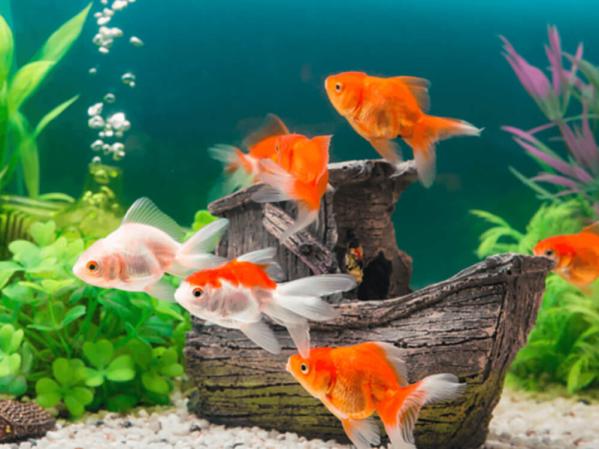Selective Demolition: Sustainable Methods and Their Impact on Unit Prices
Manual demolition is the process of removing a structure using hand-held equipment. This is an affordable option for areas that heavy equipment is unable to be safely accessed or there is a chance of damaging structures nearby.
Implosion is a process that requires expert knowledge and a lot of planning, which makes it more expensive than other demolition methods. It provides the highest levels of control, and it can lower environmental impact.
Types of Demolition Techniques
There are a variety of demolition methods. Choosing the right one for a structure is important since it will affect the cost of demolition. A good demolition contractor can recommend the right method for your project.
The demolition of structures that are in use is necessary to make way for the new construction. It can be a lengthy and complex process. Careful planning and attention to the details are essential. There are many factors that affect the demolition cost, including the type of building and the location.
There are numerous ways to take down a building. This includes wrecking balls or hydraulic equipment as well as other methods. These techniques can be efficient in buildings constructed from concrete or steel. They can be difficult to use on large structures that have hard-to reach areas. Explosives are also used to quickly and completely destroy buildings. This method is often used for historical buildings or if the structure of a building can’t be compromised. This is a costly method. This method also requires a lot of security precautions as well as a thorough assessment of risk.
Manual Vs. Mechanical Demolition Costs
Whether you need precision in the preservation of a historic building or efficiency during a massive demolition or sustainable through recycling materials There are methods for demolition to meet your needs. Understanding the differences between mechanical and manual demolition techniques will help you make informed decisions about the best method for your particular project.
Mechanical demolition involves using heavy machinery such as excavators to take down structures. This process is quicker than manual methods and usually more economical, since the cost of labor is reduced. This method is more secure as workers are kept away from dangers and debris. However, mechanical demolition creates more dust and noise than manual demolition, and can lead to environmental concerns. In addition, it may not be suitable for delicate areas, since it could damage nearby structures or cause unanticipated structural instability.
Factors Affecting Demolition Pricing
There are several elements which affect the price of demolition. Knowing these elements can help you determine and budget your project. These include the size of the building, square footage and materials and also construction, labor, site preparation and permits.
The type of building material will also impact the demolition cost. For example, a house primarily made of wood will be more costly to remove than one constructed of concrete or brick. Additionally, the cost of demolition could be higher if the building has hazardous materials that require to be removed and properly disposed of bao gia pha do nha tai quan 5.
The state of the structure can also play a part in the cost of demolition. Good-looking structures are easier and cheaper to demolish because they don’t require any extensive strengthening or shoring. However, a structure with extensive damage or structural issues is likely to require more support and shoring to avoid collapse during the demolition process. In addition, demolition fees might be higher if the contractor needs to secure any necessary permits or abides by local environmental laws.
Cost of Implosion and Mechanical Demolition Mechanical Demolition
The implosion technique is a controlled demolition method which involves strategically weakening or taking away certain support structures within the structure so that it collapses into the interior rather than outward. It is an extremely popular option for demolitions of large, sturdy buildings that must be removed quickly and efficiently. It requires a great deal of expertise and planning to ensure that the structure is disposed of without causing damage or injuries to anyone around. There is also the risk of flying debris, so the area where the explosion is taking place needs to be completely evacuated.
The process of mechanical demolition requires the use of heavy equipment and tools to take structures out of an area. This type of demolition can be more economical, however it can take longer and require more preparation. It could also have environmental harm due to the heavy machinery.
Deconstruction, also referred to as selective demolition, involves carefully dismantling pieces of a structure in the hope of salvaging materials for re-use. This environmentally-friendly method of demolition could save money by reducing the cost of disposal.
Selective Demolition
Selective demolition is a popular method of construction for remodels in the current eco-conscious time. It allows contractors to take away certain elements from a structure while preserving other elements that add to its historical significance and worth. It also helps reduce environmental and waste generated throughout and after the project.
A thorough assessment is conducted to determine salvageable material structural risks, as well as other concerns. Following the assessment, a detailed demolition plan is drawn up to guide the process.
Electricians and plumbers must shut off the power prior to removing construction components with demolition equipment. They should also cover any open pipes and install temporary lighting to enhance visibility. The work can be completed in a safe manner without causing damage to existing structures.
Along with making noise less and removing debris, selective demolition can help in reducing costs as well by reusing components or recycling. It’s a cost-effective alternative to the traditional methods of commercial renovation. There are some obstacles to its acceptance despite the advantages. They include resistance to changes, a fear of the technical complexity as well as worries about safety and compliance. Addressing these barriers is possible by educating, open communication and incentive programs.

